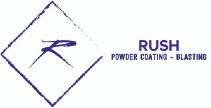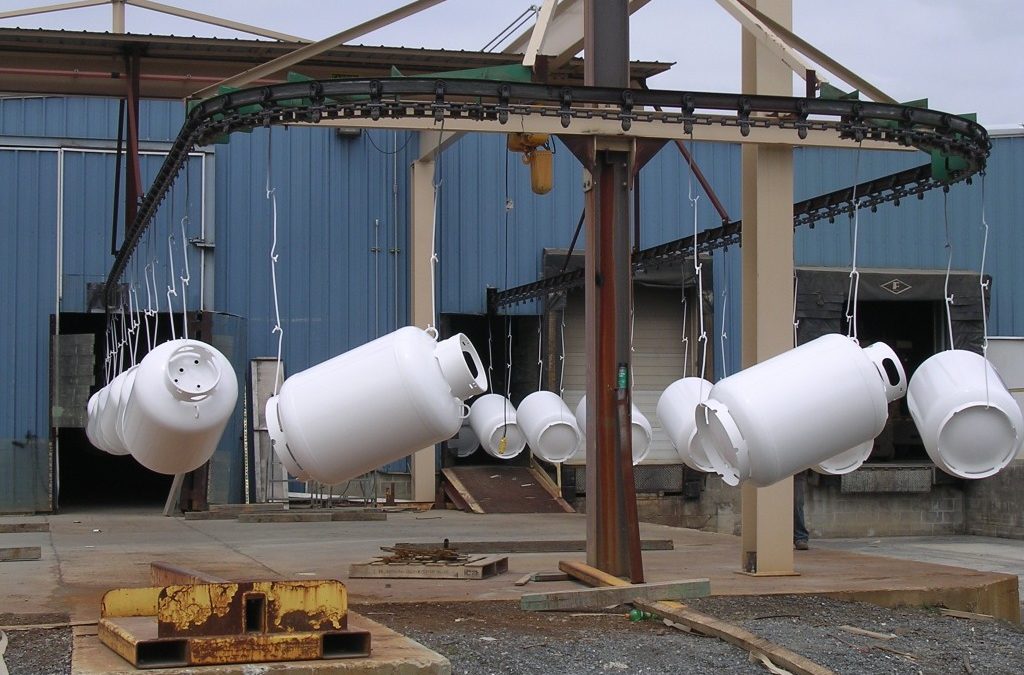When it comes to choosing finishes for your manufacturing and industrial equipment, many decide to go with either wet paint or powder coating. However, in order to know which option is right for your project, there’s a few questions you need to ask.
Will the equipment be out in the elements? Will it be subject to mechanical stresses? Do I need the finish to be a specific thickness or consistency? If you’re still on the fence, let’s see how both finishes stack up against each other in order to help you make an educated decision:
About Powder Coating
It’s important to understand what powder coating is to get a sense of its applications and to see if it’s right for your project. The process involves dry powder particles, which are electrostatically charged onto the equipment or tool’s surface.
Once this has been accomplished, the powder coating is cured in a specialized oven, allowing the powder to melt into a gel and coat the surface. In the end, you get a thick, uniformed, and durable finish built for longevity.
About Wet Painting
Unlike powder coating, this process involves wet-blasting liquid paint onto the equipment’s surface. This is typically accomplished with a pump, spray, or pressurized vessel.
The liquid paint will be applied to the surface of your equipment or tools until it is evenly coated to the desired thickness.
Powder Coating vs. Wet Paint
Finish Coverage & Consistency
Powder coating usually involves a one-pass finish, meaning it does not require multiple treatments. Unlike wet paint, there are no runs, drips, or application marks with powder coating as it is created by heating the powder into a gel.As a result, powder coating gives you a uniformed and consistent finish.
Additionally, powder coatings do not need solvents and viscosity adjustments added or to be pre-mixed and stirred. This mitigates any variations in finish quality and consistency.
Getting a consistent/uniformed finish with liquid paint is more difficult, as it can require multiple coats. It’s important to note that you face even more challenges if you choose to use solvent based sprays.
Resistance to Corrosion & Overall Durability
With a finish that is thick and dense, powder coatings offer more durability and longevity than standard liquid painting. If you choose to go with paint, be prepared to maintain and refinish the surfaces of your equipment in a shorter amount of time.
This is why many industrial and manufacturing companies choose powder coating for their parts and equipment, as they are exposed to mechanical and environmental stresses.
Finish Thickness
By and large, powder coating produces a dense, thick finish; although, it can be applied over a variety of film thicknesses. Unfortunately, if you’re looking for a thin finish, it may be difficult to accomplish with powder coating without negatively impacting the texture of the finish.
If this is the case, wet paint might be the option to go with as it can offer a much thinner finish for products and equipment that demands it.
Eco-Friendliness
One of the most important differences between powder coating and paint is eco-friendliness. Unlike wet painting, the powder coating process does not involve VOC outgassing, which makes it better for the environment and the health of humans.
What’s more? Due to the efficiency of the powder coating process, the waste produced is significantly lower when compared to wet painting.
Finding Powder Coating in Indianapolis
At the end of the day, powder coating is the most ideal option for industrial and manufacturing equipment; given the durability, longevity, and uniformed finish it provides.
As the leading powder coating company in Indianapolis, we at Rush Powder Coatings can help provide optimal results for your equipment or tools, no matter their size or shape. Start now by contacting us or call 866-981-2771!

